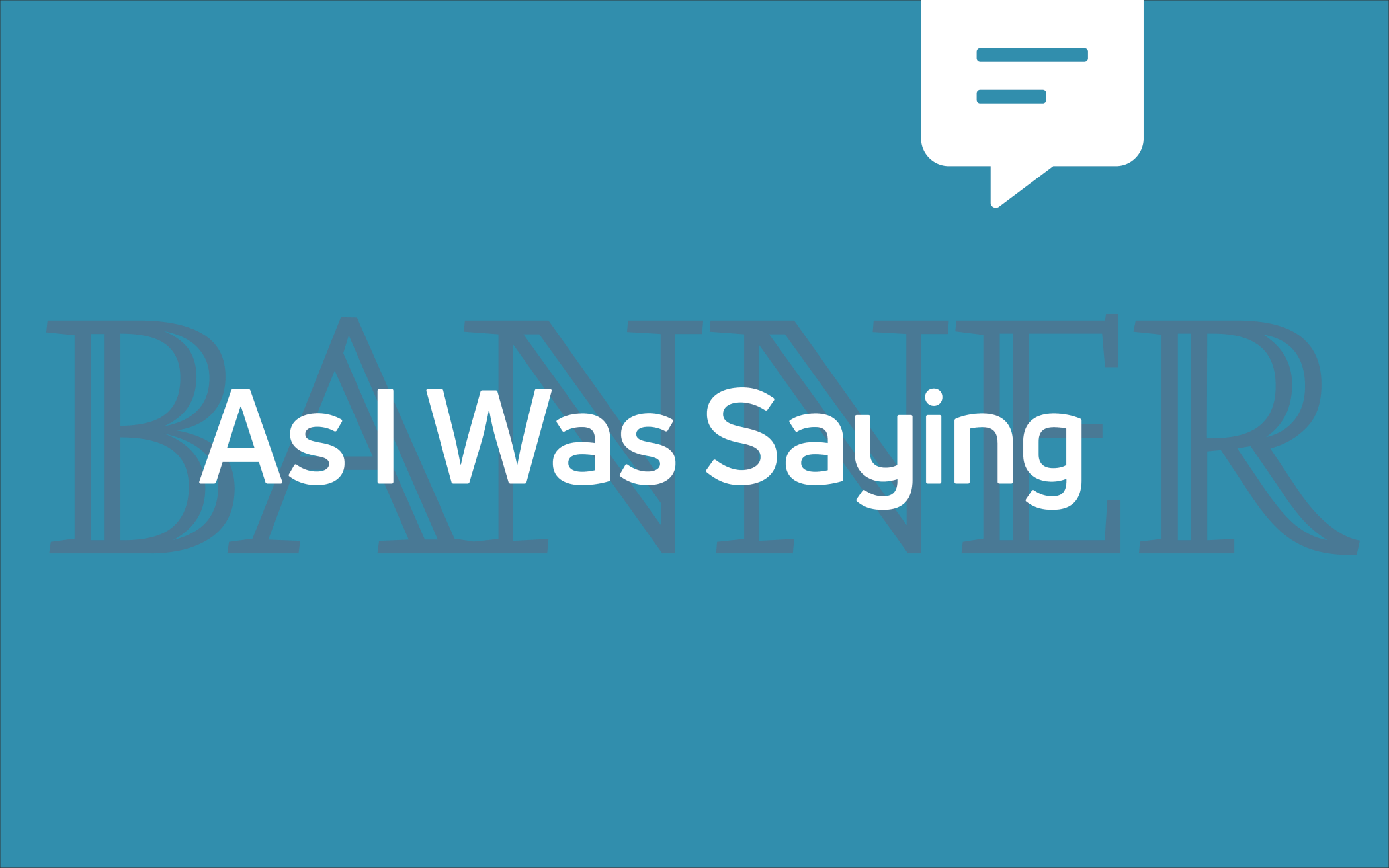As I Was Saying is a forum for a variety of perspectives to foster faith-related conversations among our readers with the goal of mutual learning, even in disagreement. Apart from articles written by editorial staff, these perspectives do not necessarily reflect the views of The Banner.
Reading the Bible gets me into trouble.
Take the story of the woman at the well. I studied the text carefully, then “preached” on it at a nursing home. I highlighted how this is the first time Jesus reveals himself as Messiah, and, how, amazingly, this announcement is made to a person of exceedingly low status—a Samaritan woman of ill repute. Amazingly, Jesus then commissions her as the first evangelist, commanding her to spread the good news to her village. (Read my full message here.)
But in a recent Christianity Today article, “The Real Woman at the Well” (Oct. 2015), New Testament professor Lynn H. Cohick turns my reading upside down. Having researched first-century marriage in Middle Eastern cultures, she concludes that the Samaritan woman may not have been an adulteress at all. The fact that Jesus outlines her marital history may have simply been his way of establishing that he knows her, much as he did with Nathanael, identifying him by revealing his location under the fig tree.
I had read the story as a miracle of affirmation, Jesus dialoguing with a woman in public (much to the surprise of the disciples) and empowering her so that her message is received as trustworthy—even though she had questionable morals, even though a woman’s testimony was not considered legal in a court of law. Everything I had interpreted as radically affirming, however, Cohick posits as proof of the Samaritan woman’s respectability.
You see my problem with reading the Bible?
Other examples abound. You’ve probably come across these: kephale (head) in 1 Cor. 11:3 and authenteo (authority) in 1 Timothy 2:12. The exegetical variations are labyrinthine. I’m not smart enough to figure out which expert is correct. I dearly long for straightforward biblical interpretation that resolves ambiguities of cultural context, translation, grammar, and syntax.
But the Bible is not a Dick and Jane primer. Garrison Keillor once said this about his church of origin: “The Brethren take one aspect of the gospel—the principle of separation—to the exclusion of most of the other things that Jesus taught. And this can lead so easily to the very sort of legalism that Christ was continuously rebuking in the Pharisees who were following him around, looking for a chance to trip him up in inconsistencies and in not following the letter of the law.”
It occurs to me that perhaps I’ve fallen into the same trap as the Brethren, turning correct interpretation of the Bible into a legalism that excludes other crucial truths. Maybe I’ve inhaled just enough evangelical inerrancy, secular rationalism, and postmodern relativism to trip me up. I’ve been staring so long and hard at the words, I’ve overlooked the Word himself.
The Bible isn’t a Rubik’s cube to solve. It’s an introduction to Jesus, the Living Water, who offered immeasurable love to a sinful seeker at a well. That Jesus loves me too, despite the daily sinfulness I drag around behind me.
The Bible I read proclaims equality for women, slaves, and Gentiles. I can’t read it any other way. I’m not smart enough to synthesize all the commentary, theories, and nuances (though I’ll keep trying). My Friend assures me that his grace is sufficient and his power is made perfect in my weakness. He sends me out to share what I know anyway.
About the Author
Cathy Smith is a retired school teacher from Wyoming, Ont., and is a contributing editor at Christian Courier.

